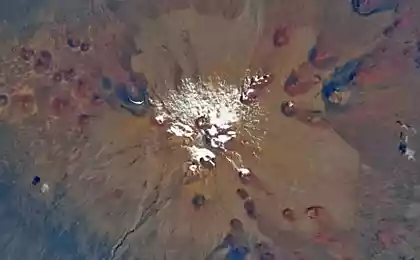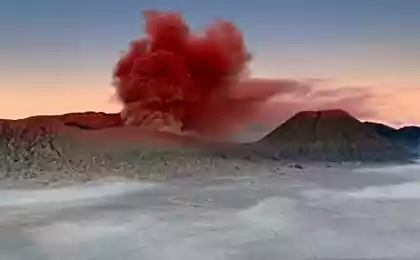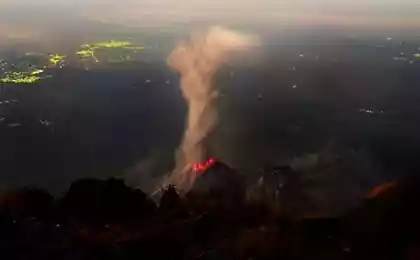1511
Small volcanoes can cause cooling of the climate
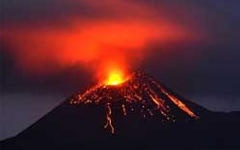
For example, the massive eruption of Mount Pinatubo in the Philippines in 1991 triggered a temporary decline in temperatures worldwide to 0, 5º Celsius
An international team of researchers working at the University of Saskatchewan (Canada), found that aerosols from relatively small volcanic eruptions can be thrown into the upper atmosphere by weather systems, such as, for example, monsoons, where they can influence the global surface temperature of the planet. The research is published in the latest issue of the journal Science.
Adam Bourassa of the Institute of Space and Atmospheric Studies at the University of Saskatchewan led the study. He explains that he still considers it necessary to powerful energetic eruption to aerosols passed the troposphere, the turbulent atmospheric layer closest to Earth in stable stratosphere and above.
"If an aerosol is in the lower atmosphere, it is influenced by weather conditions, and it immediately goes down, together with precipitation, - says Bourassa. - As soon as the spray reaches the stratosphere, the particles may persist for many years, "preserve", and with such resistance aerosol can really have a lasting impact. " The resulting effect - dissipation incoming sunlight and the potential for cooling the Earth's surface.
For example, the massive eruption of Mount Pinatubo in the Philippines in 1991 triggered a temporary decline in temperatures worldwide to 0, 5º Celsius.
The research team includes scientists from the University of Saskatchewan, Rutgers University in New Jersey, the National Center for Atmospheric Research in Colorado and the University of Wyoming. Scientists examined Narbe eruption, which occurred in June 2011 in Eritrea in northeastern Africa. The wind moved the volcanic gas and aerosol - tiny particles of sulfuric acid - on the trail of the annual Asian summer monsoon.

Lava flows.
"Good" stratosphere are highly - from 10 km at the poles to 17 km at the equator, and it was believed that storms can not penetrate there. For example, the upper part is formed big storms specific flattened shape. This happens because the storm "pressed" to the stratosphere, but can not get inside.
Dust from the volcano Narbe was hard and become deposited, but the monsoon "tightened" volcanic gas and the lighter liquid particles into the stratosphere, where they were discovered the Canadian Space Agency instrument OSIRIS on board the Swedish satellite Odin. Narbe volcano caused the largest stratospheric aerosol load ever recorded OSIRIS for more than 10 years of his work.
OSIRIS, partly developed at the University of Saskatchewan, is used to study the upper atmosphere, particularly the ozone layer and atmospheric aerosols.
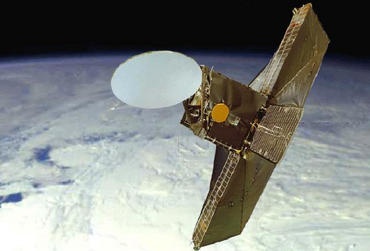
OSIRIS on board the satellite Odin.
It was originally planned that the tool will make a two-year mission. For more scientists did not expect, but OSIRIS still functioning flawlessly since its launch in 2001. The device orbits the earth, going from pole to pole, delivering all the new data in the Analytical Center of the University of Saskatchewan campus.
"There are several tools that can explore the stratospheric aerosols, and OSIRIS - one of them - said Bourassa. - These tools are very important for climate studies, because they are able to produce and deliver unique data in large quantities. The longer these tools work, the more valuable they become ».
Scientists hope that recent results will reveal the secrets enough to create more accurate models of climate behavior.
Funding for this study provided the Council Natural Sciences and Engineering Research Canada, the Canadian Space Agency and the US National Science Foundation with support from NASA.
Feathered dinosaur with "squirrel" tail redefined scientists
Frenchman sold on eBay collection of games for consoles for € 1 million
